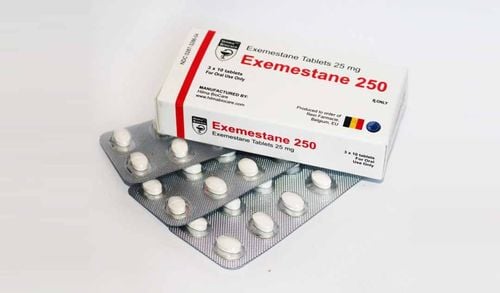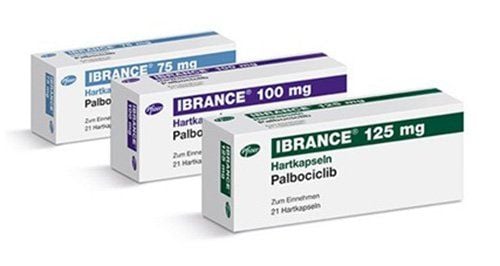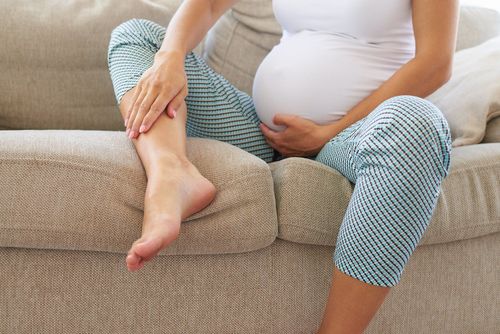This is an automatically translated article.
The article was professionally consulted by BSCK II Phung Thi Phuong Chi - Oncologist - Oncology Center, Vinmec Central Park International General HospitalSurgery or radiation therapy to the breast and armpits causes loss of integrity of the surrounding lymphatic system, leading to stagnation of lymphatic fluid, thereby causing hand edema. Although this is not a life-threatening complication, it can affect the patient's daily activities.
1. Why is my hand swelling after breast cancer treatment?
For cancer in general and breast cancer in particular, the purpose of treatment is to prolong survival, reduce the possibility of recurrence when the disease is at an early stage, or to reduce symptoms and improve quality of life. life for patients when the disease is in the late stage. However, when choosing any form of treatment, besides the benefits we want, there is always a risk of side effects and complications from that treatment.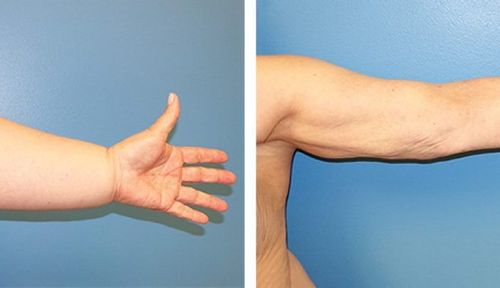
Ứ trệ dịch bạch huyết sau phẫu thuật tại vú và nách gây phù tay.
2. When is hand swelling after breast cancer treatment?
Hand edema can appear early or late – usually 2 years after treatment and can be triggered by infection or trauma. In addition, hand edema has two manifestations: acute and chronic. If the presentation is acute, it will appear soon after surgery and may be transient or resolve spontaneously within 3-6 months. If the presentation is chronic, the appearance of hand edema increases gradually and persists for at least 3 months. Once hand edema is chronic, it can be controlled, but often does not go away completely. While this is not a life-threatening complication, it can affect your daily activities.Our goals when it comes to preventing or treating hand edema are to:
Improve lymphatic circulation in the affected hand. Helps the lymphatic system of other parts of the body work more efficiently. Prevent complications caused by hand edema.
3. How to prevent arm lymphedema?
If you are at risk for hand edema listed above, you should take the following steps to your affected hand to reduce risk and reduce severity if hand edema develops:3.1. Careful skin care Keep skin clean. Wash with mild soap every day.
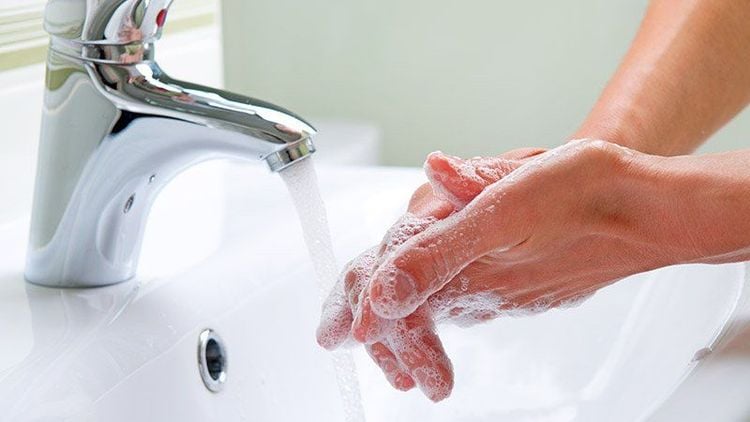
Rửa tay bằng xà phòng dịu nhẹ mỗi ngày.
Use lotion morning and night with neutral pH products to keep your skin from drying out and cracking. Apply the cream gently and in the direction of hair growth. When going outside, always use a sunscreen with an SPF number on the label of at least 30. Do not take a sauna and avoid extreme cold. 3.2. Avoid infection or injury Do not cut excess skin around the nail. When you need to shave your armpits, use an electric razor or depilatory cream instead of a razor blade. Wear gloves when gardening, cooking, or doing things that could hurt your skin. Use insect repellent and anti-mosquito cream. If you get a minor scratch or insect bite, wash it off with soap and water, then apply an antibacterial cream. You should see your doctor if there is redness around the wound or the wound is not healing. Avoid drawing blood or infusion on the patient's hand. When sleeping, avoid lying on the sick side. 3.3. Exercise Increase movement. Pay attention to shoulder exercises, hand exercises and deep breathing exercises. Perform the movements gently, gradually increasing the amount and intensity of the exercise to a moderate level, suitable for your fitness. Avoid strenuous movements or movements that require prolonged periods of time, such as lifting, pushing, scrubbing, pulling, or carrying heavy loads. 3.4. Other methods: Maintain your ideal weight by eating right and being active. When flying, you should wear compression gloves before, during, and after a few hours if the flight is longer than 4 and a half hours. In addition, you should measure the size of 2 hands regularly. While this is not a preventive measure, it helps to detect hand edema at an early stage and is therefore easier to control.
4. Is hand edema treatable?
When hand edema has appeared, we have no way to treat the edema completely. However, we can control it, prevent it from getting worse, help reduce symptoms and prevent inflammation. The treatment of hand edema should be combined with several measures at the same time for maximum effectiveness and should be started as soon as possible. Measures to treat hand edema include:Skin care and avoiding infection or injury.
Exercise: Attention: always wear compression gloves or a dedicated compression bra when exercising for the best effect
Raise your arms :
Raise your arms above your heart but below your shoulders when you sit down, by placing a small pillow under the forearm. Do not raise your arms above your shoulders for too long. Do not keep your hands in the same position for too long. Glove compression bandages:
Should not be used when the hands are swollen and the skin is damaged. You should choose the right glove size for your swelling level. When wearing, you should have a comfortable feeling, neither too tight nor too loose. Wear it all day and take it off at night. In hot weather, you may find it uncomfortable to wear. You can then buy cotton gloves or chill the gloves before putting them on by placing them in a plastic bag and putting them in the fridge. Gloves should be cleaned according to the manufacturer's instructions and replaced with new gloves every 6 months to ensure the right amount of pressure for your hand swelling. The effectiveness of wearing compression gloves is highest when you are combined with exercise and least effective when you are at rest. Therefore, if you find it difficult to wear compression gloves, at least try to wear them while you are active (eg exercise, gardening, housework,...) gauze wrap:
Preferably used when hand edema is much and skin is damaged. You will be placed in a multi-layer bandage on the affected hand every 1-2 days and for about 2-4 weeks until the swelling subsides. You may then be switched to using compression gloves to maintain effectiveness and continue to control hand edema. Massage :
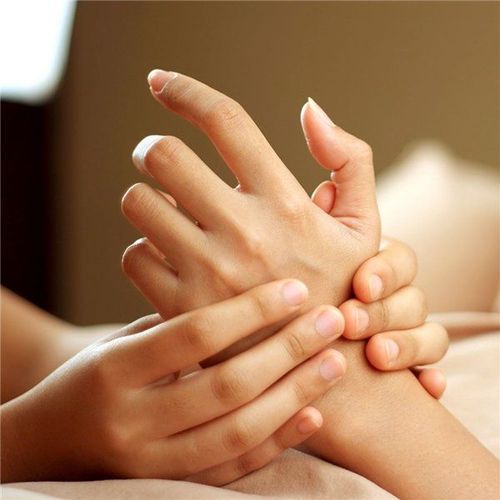
Massage tay hàng ngày.
Surgery: There are measures such as lymph-venous junction, lymph node transplantation, excision, liposuction, lymph node transplantation along with microsurgical reconstruction.
Kinesio Muscle Patch : Kinesio Tape is a special type of bandage commonly used in sports injuries. It helps to lift the skin during movement promoting lymphatic drainage. In addition, it can also soften and reduce hardening.
Above is the knowledge about complications of hand edema after breast cancer treatment. Hand edema can be completely treated if the patient strictly adheres to the principles of treatment and skin care. Wish you healthy.
>> See more: Rehabilitation exercises after breast cancer treatment - Article by Master Vu Van Minh - Chief Technician at Rehabilitation Department - Vinmec Times City International Hospital
Please dial HOTLINE for more information or register for an appointment HERE. Download MyVinmec app to make appointments faster and to manage your bookings easily.






